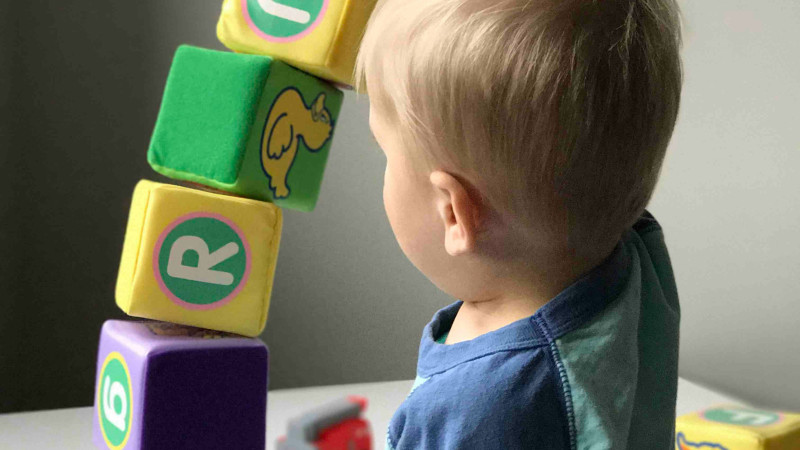Cloth Wipes

Disposable wipes may appear convenient, but they can lead to numerous issues, such as cost, environmental harm or even health risks for your baby. Why not consider reusable cloth wipes? You buy a stack once and reuse them though the entire cloth diapering season, and even after that. Reusable wipes offer an economical, sustainable and safe alternative.
When cloth diapering, cloth wipes make a lot of sense. When using cloth wipes, you don’t need to buy wet wipes and there is no need for a separate trash can for wipes at the diaper changing station. No harsh chemicals or adding to landfill. This can help you save money and you know exactly what goes into the wipes and on your baby. These same wipes can also be used for snotty noses, sticky fingers or to wipe their face after meals. So make sure to keep a nice stack on hand.
Cloth wipes are usually made with cotton flannel, cotton jersey (t-shirt material) or cotton/bamboo terry (towel material) but wipe size, material or texture is an individual preference. Most common size of wipes is either 5x7 in (13x18 cm) or 8x8 in (20x20 cm).
The wipes can be wet as you go or you could pre-wet a stack at the beginning of the day to use for the day, and just add more as needed during the day.
After use the dirty wipe is thrown into the diaper pail with the dirty diapers, and everything is washed together on wash day. Same rules apply for poopy wipes as for poopy diapers, and they need to be rinsed before washing. Consider rinsing wipes used to wash hands and face also before putting them in the diaper pail.
How many cloth wipes do you need?
A rough estimate is to have as many wipes as the diapers you would use for three days, plus extra for hands and face.
Newborn - 0-6 months
Typically 10-12 diapers per day, so 30-36 wipes would be an average amount.
Infant - 6-16 months
Typically 8-10 diapers per day, so 24-30 wipes would be an average amount.
Toddler - 16 months+
Typically 5-8 diapers per day, so 15-24 wipes would be an average amount.
This is only an estimated average, and the actual number of cloth wipes used daily can vary depending on individual needs and preferences. Having extra cloth wipes on hand for messy toddlers is always a good idea.
Wipe solution
The easiest wipe solution is just plain water, it can be boiled and cooled or distilled, but if you only wet them for the day, plain tap water is just fine. By only using water you can skip using any chemicals on babies' most sensitive area.
If you prefer to use soap with diaper changes, you could just brush your pre-moistened wipe over a pure olive oil soap before wiping baby. And then just clean the soap off the baby, with another cloth wipe with water only.
Some people prefer to use a special diaper wipe solution to spray on baby or to wet the wipes with. You can easily make this yourself.
We would though recommend using the solution the same day or keeping it no more than a day refrigerated, before discarding it. As soon as wipes are added to the solution bacteria and mold can grow so fast that keeping it more than a day or two could be harmful for the baby.
Few popular and simple wipe solutions could be:
2 cups boiling water
1 tsp liquid Castile soap (we love Dr. Bronner)
1 tsp coconut oil or olive oil
Just mix everything together in a glass bowl or a jar and pour over your wipes, or add the wipe solution to a spray bottle or peri bottle to wet as you go throughout the day.
Some like to use baby wash instead of Castile soap or omit the soap completely. Others like an even simpler solution of just water or water and witch hazel.
_________
2 cups boiling water
1 tsp coconut oil or olive oil
Just mix everything together in a glass bowl or a jar and pour over your wipes, or add the wipe solution to a spray bottle or peri bottle to wet as you go throughout the day.
_________
2 cups boiling water
1 tsp Witch hazel
Just mix everything together in a glass bowl or a jar and pour over your wipes, or add the wipe solution to a spray bottle or peri bottle to wet as you go throughout the day.
Some people prefer to add a drop of lavender or tea tree essential oil to their solution, but use at your own discretion. No matter what wipe solution you choose, it should be discarded and remade every two days to prevent mold or bacteria growth.
DIY wipes
Making your own baby wipes is an excellent DIY project, no matter your sewing skills. Upcycling old receiving blankets, towels or t-shirts is a great choice, but they can be made with everything soft and absorbent.
A popular size of wipes is 8x8 in (20x20 cm) or 5x7 in (13-18 cm) for smaller wipes.
Knitted fabric (jersey) like t-shirt material has the advantage of not needing any sewing, the edges of woven fabric like flannel or toweling should be serged or finished with a zigzag stitch to prevent fraying.




